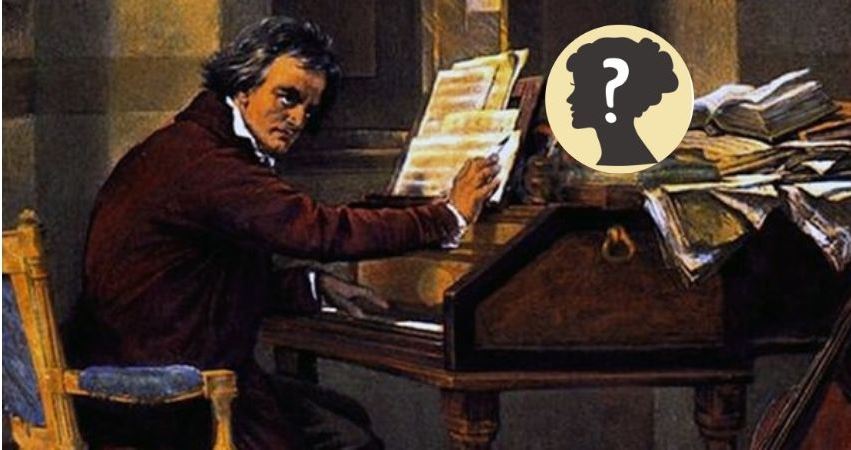On April 27, 1810, Ludwig Van Beethoven, a German composer, and pianist, composed the beautiful melody named “Fur Elise.” The piece is among the most famous compositions by Beethoven. Ludwig wrote the piece when he was almost deaf. He had suffered tinnitus and could hear noises inside the body, but not from an outside source. Ludwig Van Beethoven wrote the piece and shoved it in his drawer until 1822 when he revised it slightly and put it back.
It is unclear what the song’s aim was, but researchers say Ludwig might have written the score for one of his friends who was an important figure in his life. There are three women who he might have composed the song for, although it’s still not clear.
The song “Fur Elise” in German means “For Elise.” The piece is in the structure of A-B-A-C-A. It starts with the refrain A, theme A repeated in between the other theme sections B and C. It is considered the most famous melody ever written.
Ludwig Nohl, Beethoven’s early biographer, published the score in 1867, forty years after his death. However, the actual draft is missing, and no records or accounts have an idea of an Elise in Ludwig van life.
“Fur Elise” is considered part of the romantic music movement in the 18th and 19th centuries. The piece has since been loved worldwide because of its beautiful melody which never gets old. Keyboard learners also use the melody to learn how to play the piano.

